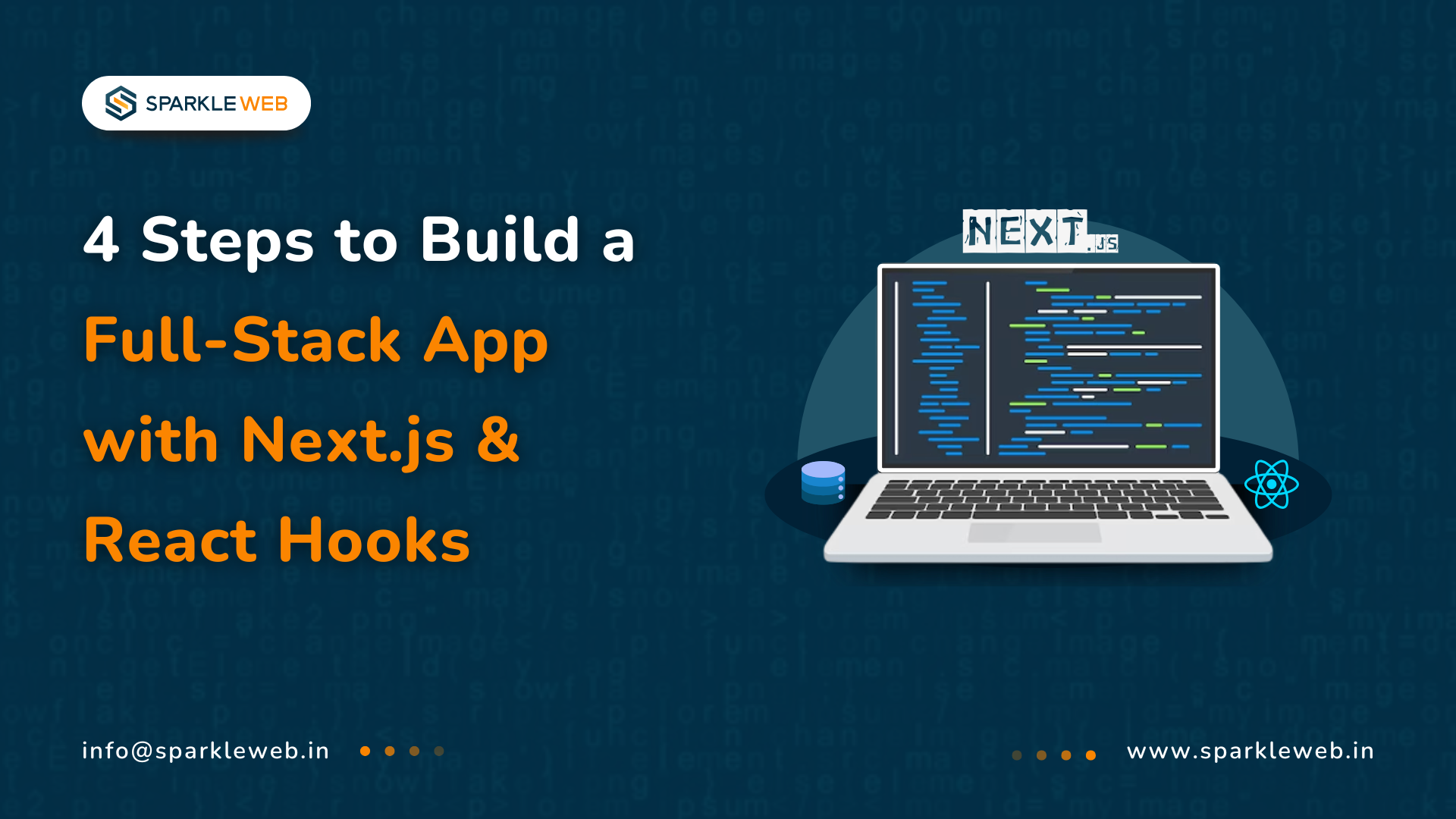Why Use Next.js and React Hooks in 2025?
1. Next.js – The Future of Web Development
-
Server-Side Rendering (SSR) – This helps in loading web pages faster and improves SEO (Search Engine Optimization).
-
Static Site Generation (SSG) – Allows web pages to load instantly by pre-generating them at build time.
- Easy Routing System – Automatically creates routes based on the file structure, making development simpler.
- Built-in API Routes – Enables developers to create backend functionality without setting up a separate backend server.
-
Edge Functions – Optimized in 2025 to ensure even faster response times and better scalability.
2. React Hooks – Modern State Management
-
useState – For managing simple state variables.
-
useEffect – For handling side effects like fetching data from a server.
- useReducer – For efficiently managing more complex states.
Application Overview
1. A Front end where users can add, view, and delete tasks.
2. A backend API to store and manage tasks in a database.
3. State management using React Hooks.
4. Server-side rendering for improved SEO and performance.
Step 1: Setting Up the Project
Initialize a New Next.js Project
npx create-next-app@latest full-stack-nextjs-hooks
cd full-stack-nextjs-hooks
npm installThis will set up a new project with all the necessary files and dependencies.
Install Required Dependencies
We need some additional libraries for database and API calls. Install them by running:
npm install mongoose axios-
Mongoose – Helps in connecting to MongoDB and managing the database.
-
Axios – Makes it easy to send HTTP requests.
Organize the Folder Structure
Create the following folders and files for better project organization:
- components/
- models/
- pages/
- api/
- utils/
Step 2: Building the Backend with Next.js API Routes
Connect to MongoDB Database
We need to set up a database to store tasks. Create a file utils/db.js and add the following code:
import mongoose from 'mongoose';
const connectDB = async () => {
if (mongoose.connection.readyState >= 1) return;
return mongoose.connect(process.env.MONGO_URI, {
useNewUrlParser: true,
useUnifiedTopology: true,
});
};
export default connectDB;This function will connect our application to the MongoDB database.
Define the Task Model
Create a file models/Task.js and define the schema for tasks:
import mongoose from 'mongoose';
const TaskSchema = new mongoose.Schema({
title: { type: String, required: true },
completed: { type: Boolean, default: false },
});
export default mongoose.models.Task || mongoose.model('Task', TaskSchema);Create API Endpoints
import connectDB from '../../utils/db';
import Task from '../../models/Task';
connectDB();
export default async function handler(req, res) {
const { method } = req;
switch (method) {
case 'GET':
const tasks = await Task.find();
res.status(200).json(tasks);
break;
case 'POST':
const newTask = await Task.create(req.body);
res.status(201).json(newTask);
break;
case 'DELETE':
const { id } = req.query;
await Task.findByIdAndDelete(id);
res.status(204).end();
break;
default:
res.setHeader('Allow', ['GET', 'POST', 'DELETE']);
res.status(405).end(`Method ${method} Not Allowed`);
}
}This API handles adding, retrieving, and deleting tasks.
Step 3: Creating the Frontend with React Hooks
Task Component
Create a file components/Task.js:
const Task = ({ task, onDelete }) => {
return (
<div>
<h3>{task.title}</h3>
<button onClick={() => onDelete(task._id)}>Delete</button>
</div>
);
};
export default Task;This component displays each task with a delete button.
Main Page
Modify pages/index.js to manage tasks:
import { useState, useEffect } from 'react';
import axios from 'axios';
import Task from '../components/Task';
export default function Home() {
const [tasks, setTasks] = useState([]);
const [newTask, setNewTask] = useState('');
useEffect(() => {
axios.get('/api/tasks').then((response) => setTasks(response.data));
}, []);
const addTask = async () => {
const response = await axios.post('/api/tasks', { title: newTask });
setTasks([...tasks, response.data]);
setNewTask('');
};
const deleteTask = async (id) => {
await axios.delete(`/api/tasks?id=${id}`);
setTasks(tasks.filter((task) => task._id !== id));
};
return (
<div>
<h1>Task Manager</h1>
<input type="text" value={newTask} onChange={(e) => setNewTask(e.target.value)} />
<button onClick={addTask}>Add Task</button>
{tasks.map((task) => (
<Task key={task._id} task={task} onDelete={deleteTask} />
))}
</div>
);
}
Step 4: Deploy the Application
1. Set Up Environment Variables:
Create .env.local and add your MongoDB connection string:
MONGO_URI=your_mongo_connection_string
2️. Deploy to Vercel:
-
Push the project to GitHub.
-
Connect it to Vercel for easy deployment.
- Enjoy the fast performance with Next.js optimizations.
Conclusion
Next Steps:
-
Enhance the app with user authentication.
-
Implement real-time updates using WebSockets.
- Improve SEO and performance with Next.js Edge Functions.



Vaishali Gaudani
Skilled React.js Developer with 3+ years of experience in creating dynamic, scalable, and user-friendly web applications. Dedicated to delivering high-quality solutions through innovative thinking and technical expertise.
Reply